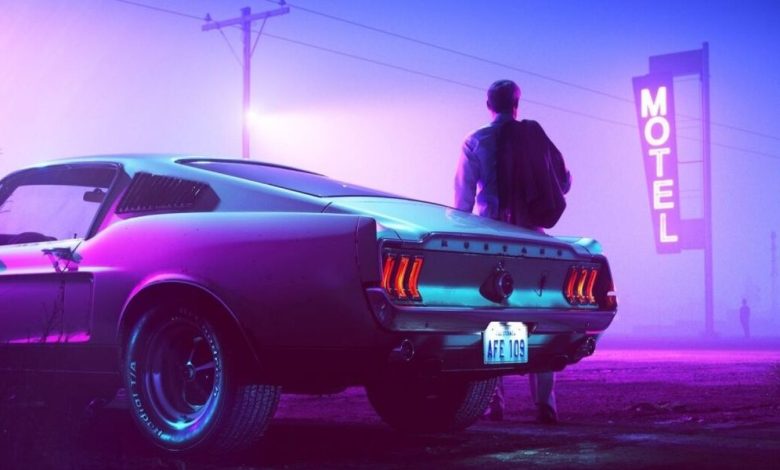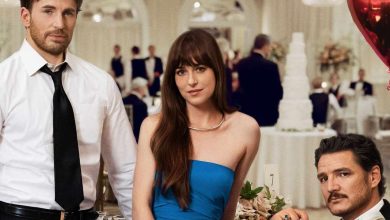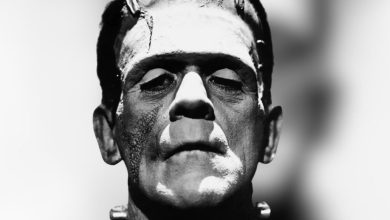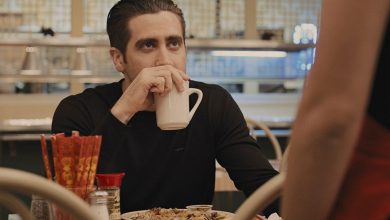Monochromatic Color Schemes in Film: How Single-Hue Palettes Shape Mood and Storytelling

Suppose you are watching a movie and realize that you are experiencing a certain mood. Maybe you haven’t noticed that the film is dripping in shades of one single color. It’s not an accident.
You are deliberately manipulated into feeling a certain way. Filmmakers use this trick all the time to pull you into a story without saying a word. That’s the magic of a monochromatic color scheme—sticking to one color (and its many shades) to create a vibe essential to the movie experience.
From the moody greens of The Matrix to the sun-bleached yellows of Breaking Bad, monochrome palettes do more than just look cool. They create a nurturing environment for the story.
Monochromatic Color Scheme: Definition
A monochromatic color scheme is a design approach using a single color palette and its various shades, tints, and tones.
This means taking one base hue and adjusting its brightness or darkness by adding black, white, or gray. The result is a visually harmonious look that evokes specific emotions and moods.
Filmmakers use this technique to create a strong atmosphere, guide the audience’s feelings, or highlight thematic elements without visual clutter.
Movie Examples Using Monochromatic Color Schemes
-
The Matrix (1999)
The Wachowski sisters used an iconic green-tinted color scheme to immerse viewers in the artificial world of the Matrix. The eerie green hues evoke a digital, hacked reality, while stepping outside the Matrix shifts to cold, grungy blue-gray, signaling a shift in reality. -
Mad Max: Fury Road (2015)
Though not strictly monochrome, this film uses sun-bleached orange and rusty tones to create an apocalyptic desert vibe. The high saturation and scorched earth palette make every frame feel scorching and gritty.See More ...
-
300 (2006)
The film is drenched in deep crimson and rust, evoking violence, passion, and heroism. This monochromatic red scheme visually translates the graphic novel’s style. -
Schindler’s List (1993)
Shot entirely in black-and-white, Spielberg’s film includes a single splash of color—the red coat of a little girl—representing innocence and leaving a lasting emotional impact. -
Hero (2002)
Zhang Yimou uses segmented dominant color schemes—red, blue, yellow, and white—to symbolize passion, calm, enlightenment, and resolution, respectively, shaping the mood of each narrative part. -
Drive (2011)
Soaked in moody neon purples, electric pinks, and blues, this film’s palette creates a dreamy yet dangerous ’80s nostalgia vibe, perfectly matching its mysterious lead.
Conclusion
Films don’t only communicate through dialogue—colors are one of the most subtle yet powerful storytelling tools. A single hue can set mood, spark emotions, and deepen immersion.
Monochromatic color schemes are storytelling magic, shaping entire worlds with just one color. Next time you watch a film, pay attention to the colors—they might be telling you more than the script ever could.




